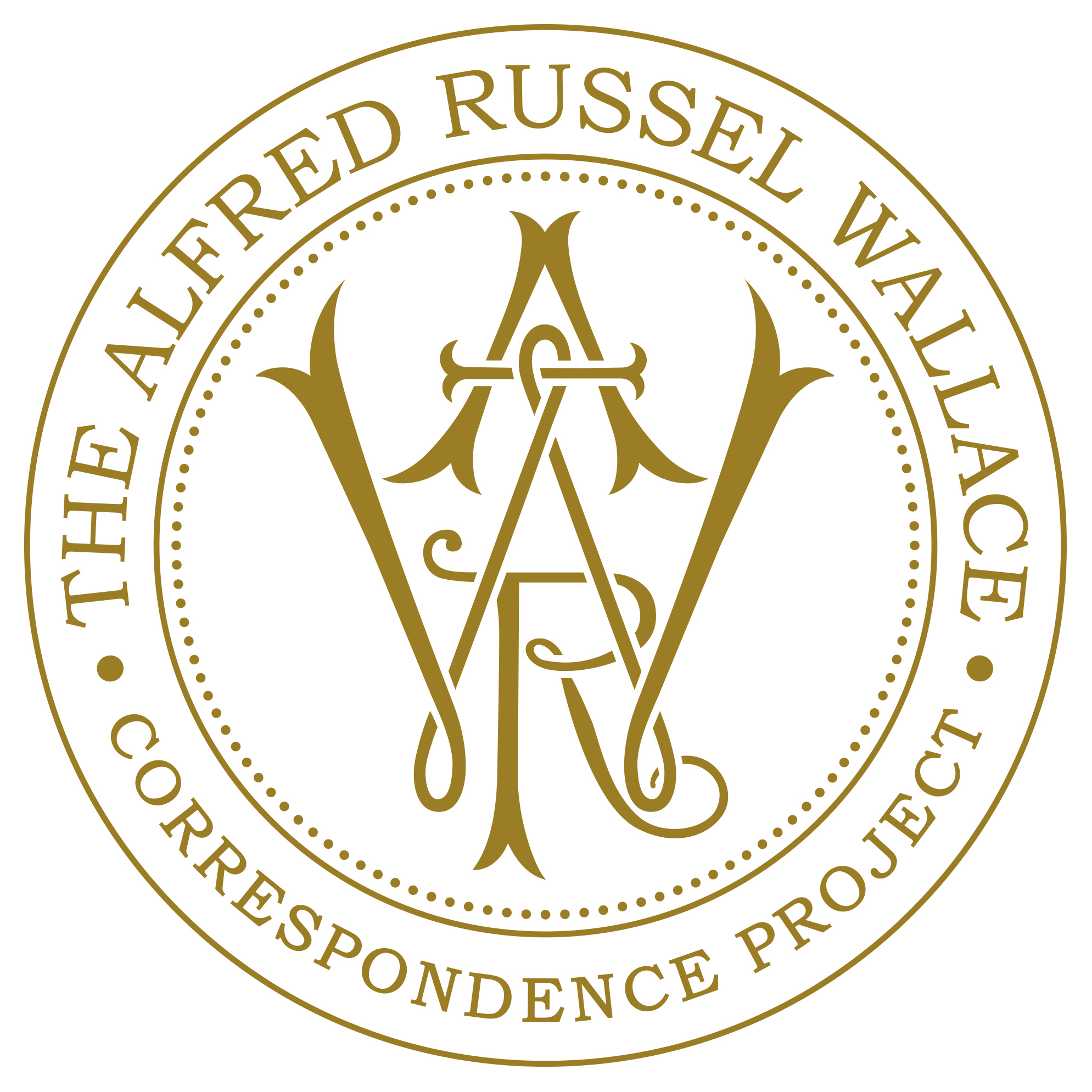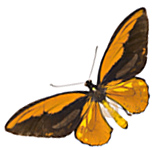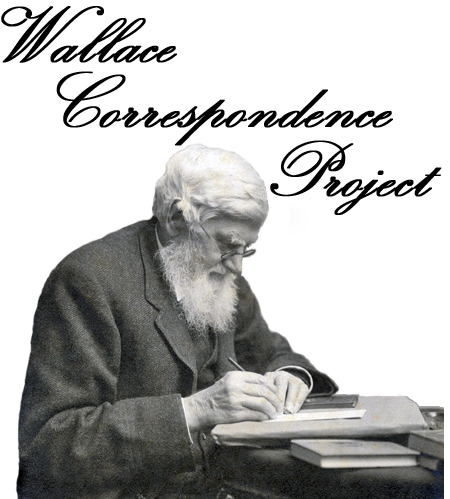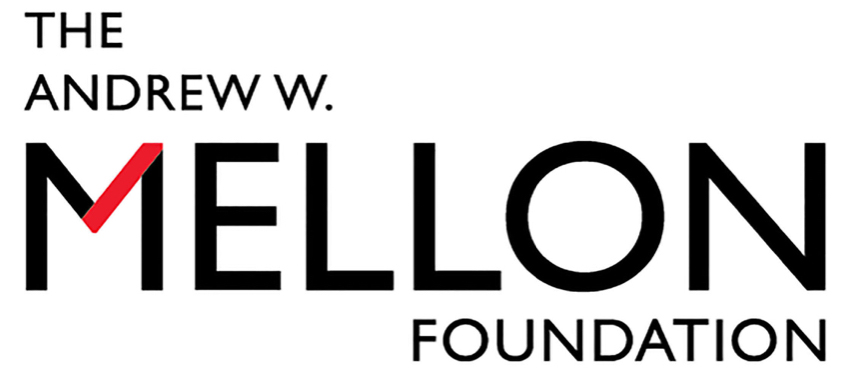|
|
 |
"I begin to feel rather dissatisfied with a mere local collection - little is to be learnt by it. I shd like to take some one family, to study thoroughly - principally with a view to the theory of the origin of species. By that means I am strongly of opinion that some definite results might be arrived at."
(From a letter sent by Wallace to Henry Walter Bates in 1847)
"...there is no more admirable character in the history of science."
Sir David Attenborough (2013)
FUNDING FOR OUR PROJECT ENDED ON THE 31ST DECEMBER 2020.
WE HAVE BEGUN WORK ON VOLUME 1 OF WALLACE'S CORRESPONDENCE
(THE LETTERS FROM HIS CHILDHOOD, THE AMAZON AND THE MALAY ARCHIPELAGO)
BUT NEED TWO YEARS OF ADDITIONAL FUNDING TO COMPLETE AND PUBLISH IT.
WE SINCERELY HOPE IT CAN BE PUBLISHED IN TIME FOR
THE 200TH ANNIVERSARY OF WALLACE'S BIRTH IN 2023.
IF YOU CAN HELP IN ANY WAY, PLEASE CONTACT Dr GEORGE BECCALONI AT
g.beccaloni@wallaceletters.org
Welcome to the Wallace Correspondence Project's (WCP) homepage. This ongoing project aims to locate, digitise, catalogue, transcribe, interpret and publish the surviving correspondence and other manuscripts of the important 19th century scientist Alfred Russel Wallace (1823-1913). Wallace has very many claims to fame, not least that he is the 'father' of evolutionary biogeography and the co-discoverer with Charles Darwin of the process of evolution by natural selection. With the exception of Darwin, probably no one else in the history of the life sciences has made as many seminal contributions as Wallace, especially to evolutionary biology the foundation of the entire discipline (CLICK HERE). For more information about his life and work CLICK HERE. A selection of noteworthy letters and other manuscripts are listed HERE.
 The Letters
The Letters
About 5,700 letters to and from Wallace are known to survive, and these are held by c. 240 institutions and individuals worldwide. Around half of them are in the collections of the British Library (c. 1600) and London's Natural History Museum (c. 1200). Smaller collections are held by other libraries in Britain, Europe and the USA, with the rest scattered across archives around the world.
Wallace's letters are a biographical treasure trove, which provides a far better picture of the 'real' Wallace than his heavily edited and censored published writings (e.g. his autobiography My Life (1905) and his letters in Marchant's Letters and Reminiscences (1916)). For example, Wallace never even mentions his wife's name (Annie) in any of his published writings, including his autobiography. The letters are also key to gaining a deeper understanding of his scientific and other work: how and why his ideas arose, and how they evolved over time. To date, no one has read and studied more than a small fraction of them, largely due to the difficulty and expense of obtaining copies from the large number of repositories which hold them.
The WCP is unlocking this valuable resource by gathering all the letters together for the first time, and transcribing them so that they can be more easily read and information within them discovered using electronic searches for words and phrases. The vast amount of unpublished information which is coming to light will surely form the basis for numerous articles, scholarly papers, PhD theses and perhaps the first definitive biography.
Note that electronic images of all of Wallace's correspondence and other manuscripts can not be made publically available for a number of reasons (mainly IPR related), so transcripts have to be relied on instead. Since most users will not have access to the original documents and therefore cannot compared the transcripts to them, every effort has to be made to make the transcripts as accurate as possible.
Our Work
To date we have achieved the following:
- we have obtained 26,500 digital images of 5,700 letters and 486 other documents (7,387 separate items, including envelopes, enclosures etc) from 240 repositories around the world. Letters have also been found in 250 articles and books.
- we have catalogued the letters using our project database.
- our volunteers have produced draft electronic transcriptions of all the letters (we call these "Level 1" transcripts).
- we have written summaries of 300 letters.
- our researchers have carefully edited c. 800 Level 1 transcripts and have written scholarly endnotes for them to help the reader better understand the text (we call these "Level 2" transcripts). This research is highly skilled and very time-consuming.
What we still need to do:
- researchers need to meticulously edit 4,900 Level 1 transcripts and write scholarly endnotes for them.
- we need to carefully check all the cataloguing information (metadata) in our database.
- researchers need to write summaries for about 5,400 letters.
- Wallace's 1,733 correspondents, plus the more than 2,000 other people mentioned in the letters, need to be researched and identified, and mini biographies written.
- we need to continue to try to locate undiscovered letters in world repositories and obtain images of them. We believe that many hundreds remain to be discovered.
- a Wallace specialist (the project's Director) needs to carefully check the Level 2 transcripts and the endnotes written by the researchers. The 'publishable quality' transcripts which will result are known as "Level 3" transcripts.
- finally, we need to publish the Level 3 transcripts. We have already begun work on volume 1 of The Correspondence of Alfred Russel Wallace, which will contain all letters from his childhood, up until his return from the 'Malay Archipelago' in 1862. We estimate that Wallace's correspondence will ultimately fill 11 thick volumes, each taking about 1-2 years to produce at the current staffing level (two full-time staff).

The WCP's online archive of Wallace's letters and other manuscripts is currently Wallace Letters Online (WLO), which was launched in January 2013. However, WLO has developed a number of bugs and the metadata and transcripts it holds are now very out of date (it has not been possible to update WLO since 2015), so we are planning to soon use the state-of-the-art Epsilon online archive instead. Epsilon is being developed by Cambridge University Library's Darwin Correspondence Project to bring together the letters of 19th century scientists in a cross-searchable digital platform. Combining correspondence data in this way helps recreate the vital communication networks that sustained scientific development, and opens up new research opportunities. Epsilon is as 'future proof' as possible. Letter transcriptions and metadata are held in TEI XML, an established standard markup language for historical texts, and funding is available to secure the archive's long-term future. It is surely appropriate that the correspondence of Darwin and Wallace, the co-discoverers of natural selection, will soon be united in a single archive for the first time. Their combined correspondence will be an invaluable resource for historians of science and all others interested in the founding and development of evolutionary biology, biogeography, ethology, and the early history of the modern life sciences.
Note that the WCP's Level 3 transcripts will be made available in Epsilon two years after the date of their publication in our proposed series of volumes, The Correspondence of Alfred Russel Wallace.
************************
If you know of any manuscripts which you think we might not yet have found (e.g. letters in private collections), we would be extremely grateful if you could contact us. Please CLICK HERE to send us a message.

Please note that most repositories who have kindly supplied images of documents to us for research purposes have not granted us permission to display them on this website or to otherwise make them available to third parties. This is a major reason why we need to produce publishable quality transcripts of them and make them freely available.
Common variations of Wallace's name:
Wallace; Alfred Wallace; A. R. Wallace; Alfred R. Wallace; Russel Wallace; Alfred Russell Wallace [sic]
This site is maintained by George Beccaloni Director of the Wallace Correspondence Project and CEO of the Alfred Russel Wallace Trust
This page was last updated on 1/8/2020





